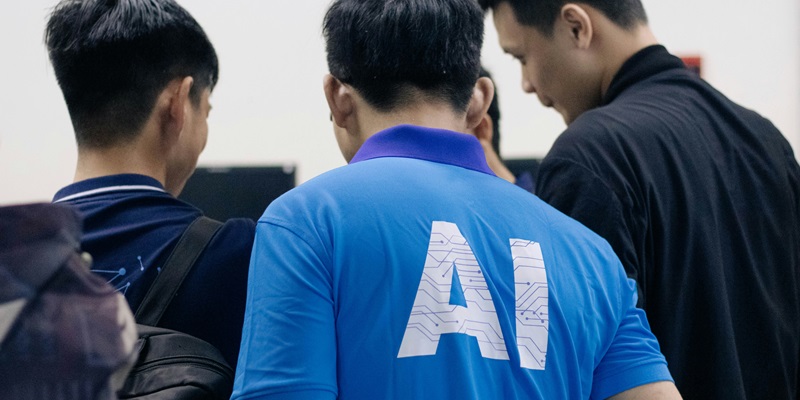Elad Gil, at a recent StrictlyVC event in San Francisco, shared his insights on investing in AI startups. In a market that has matured beyond initial excitement, Gil emphasizes the importance of discernment and innovation in investment choices. He points out that adhering to well-defined investment principles is crucial for avoiding conflicts of interest and supporting sustainable, ethical AI development. Gil, who operates solo in the investment scene, takes a meticulous approach to funding decisions, keeping his investment ethos intact. His strategy isn’t just about deploying capital but also about fostering a responsible future for AI. With a considerable fundraising track record, Gil’s perspective signals a move away from a cavalier investment approach to one that values substance, discipline, and ethical foresight in the evolving AI landscape.
Strategies from Sarah Guo
On a stage shared with broader investment strategies, Sarah Guo showcased her distinct approach with a $100 million fund dedicated to AI startups. Rather than casting a wide net, Guo prefers a “concentrated portfolio,” which means selecting a modest number of companies to receive more substantial funding and hands-on guidance. This focused strategy allows her to become intricately involved in the growth of these companies, fostering a deep commitment akin to the passion she seeks in the entrepreneurs she supports. Guo’s philosophy underlines a key investment trend in AI: success hinges not just on the amount of money infused but the personal involvement and careful curation of potential technological breakthroughs. Guo’s methodology stands as a testament to the belief that a targeted, involved approach can yield significant impact in the burgeoning field of artificial intelligence.
Investment in Foundation Models
As the event unfolded, the conversation naturally veered toward the ethical implications of AI. Gil pointed out that there’s an inherent risk in AI investing due to the technology’s potential misuse. Both he and Guo agree that there’s a pressing need to support foundation models like GPT-4, which have the capability to shape and define the trajectory of AI development. By ensuring these foundational technologies are robust, transparent, and ethically guided, investors like Gil believe they can steer the broader evolution of AI in a favorable direction.
The potential for transformative change within the AI landscape is immense. Both investors expressed that the foundational models hold the key to unlocking responsible and beneficial AI applications. By carefully selecting where to place their bets, investors can influence the pace and nature of innovation, encouraging an emphasis on ethical considerations and accountability within the technology.
Defense and Societal Implications
Building on the significance of ethical investment, Elad Gil mentioned his notable involvement with Anduril, a defense tech company with far-reaching implications for both security and society. Co-founded by Trae Stephens, Anduril is a prime example of how investments in AI are not confined to consumer tech or benign applications but also extend to sectors where the stakes are exceptionally high. Gil’s engagement with such a venture highlights a conscious choice to influence segments of technology that could have profound societal impacts.
In these discussions, it’s clear both investors understand that their decisions ripple beyond financial returns. Whether it’s influencing how AI is applied in defense or shaping the regulatory landscape for ethical AI practices and addressing concerns of potential misuse, Gil and Guo are keenly aware of their roles in a larger story. It’s a narrative that’s not just about technology and markets but about shaping a future in which AI serves the greater good.

